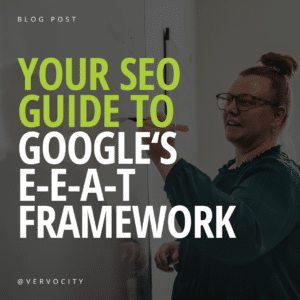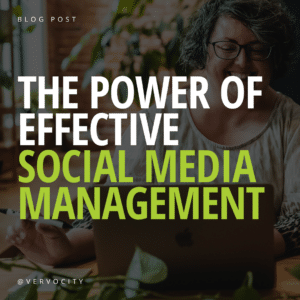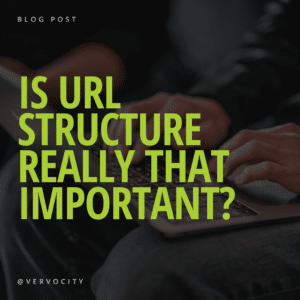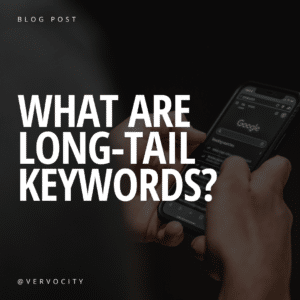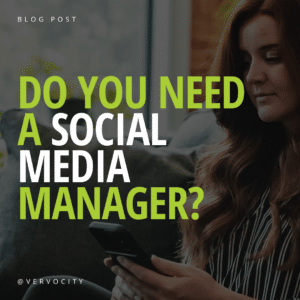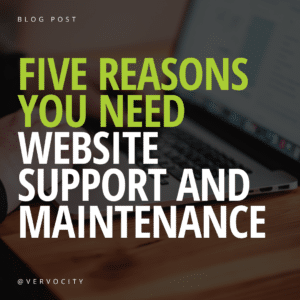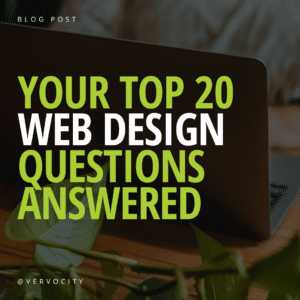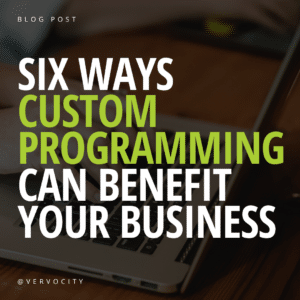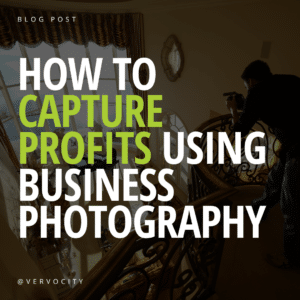It’s a fact – email newsletters can help grow your business.
Newsletters are a great way to send out your message to a lot of different people at lightning speed. They offer multiple options in terms of content, design, and frequency that you can utilize to appeal to your target audience. Whether it be for informational purposes or to promote products and services, a newsletter is an important tool in helping your business grow.
WHY EMAIL NEWSLETTERS ARE IMPORTANT
Email newsletters establish regular communication with customers. Better yet, these are customers you know are interested in your brand because they’ve signed up for your newsletters. So how do you get the most out of your newsletter, and why is it so important? Here are some of the top reasons a regularly-scheduled newsletter needs to be on your to-do list:
SERVES AS A REMINDER
Your customers live busy lives and are constantly being exposed to different brands throughout the day. E-newsletters serve as a reminder that your business is thinking about them. With over 95% of email users checking their email at least once a day, newsletters are an important tool in bringing your brand to the front of their attention in a service they’re already using.
PROVES COST EFFECTIVE
Effective e-newsletters have proven to result in a high Return on Investment (ROI). In fact, email marketing brings in an estimated $36 for every $1 spent, making it one of the most effective digital marketing efforts in terms of ROI. With so little up-front cost, email newsletters and marketing should be included in your brand’s marketing strategy.
GENERATES LEADS AND DRIVES SALES
Email marketing has one of the highest engagement rates. Many people check their email multiple times per day, and most emails come from companies or brands they’ve shown interest in. This is a prime opportunity to take advantage of promoting a product or service. You know the customer is interested since they’ve given their email address to you, so it’s time to remind them of the exciting new products or beneficial services you have to offer.
PROMOTES INFORMATION AND/OR EVENTS
Even businesses that aren’t product or service-based can reap the benefits of email marketing. Connecting with customers should be a priority no matter the business-type. Newsletters can be used to promote information about a business or an event that is coming up. Provide a personal experience by promoting content your customers will enjoy or keep people informed about what is going on and how they can get involved.
ENCOURAGES INTERACTION WITH OTHER PLATFORMS
E-newsletters not only drive traffic to your website, but can also be used to encourage social media interaction. Include links to your brand’s social media profiles to promote cross-platform engagement. You can also include links to leave a review for your business. Begin building your overall online community by starting with their inbox and encouraging social media follows.
INSTANT DELIVERY
As soon as you hit that send button on a newsletter, it is sent to multiple people, all at the same time. E-newsletters are a guarantee that your message is delivered to customers, and at lightning speed. Many people also open emails within an hour of receiving them, making both the delivery and the interaction almost instant.
CRAFTING AN EFFECTIVE NEWSLETTER
Now that you know the importance of having a newsletter, it’s time to to take a look at how to make that newsletter effective. Billions of emails are sent to people every day, so creating an email that grabs attention and promotes quality content is essential to resulting in clicks. If you want people to actually open and read your newsletter, you’ll need to focus on the following elements:
- Attractive/Persuasive Headlines – You have 60 characters or less to grab the attention of your audience. Headlines should be short while remaining descriptive. They should explain the content of your newsletter without being misleading. Subject content can be personal, create a sense of urgency, promote a product/service, offer a discount, and even tell a story. If you’d like to test which headlines perform the best with your customers, you can sign up for an email service, like Mailchimp, that offers A/B testing.
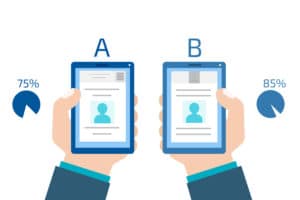
- Quality Content – You’ve attracted the reader to open your email, now what? You might be tempted to solely push a product or focus on the sale, but effective newsletters should focus more on being informational and educational. Newsletters build relationships with your customers, and most don’t want products constantly pushed in their face. Remain transparent with your content, and keep the information straightforward and to the point. Best practice for newsletters is to keep the content at 20 lines of text, or around 200 words.
- Simple/Appealing Formatting – Break your newsletter into sections. You don’t want your customers to close the email as soon as they open it because a mess of too much information is presented at one time. Keep the format clean and simple, with a visual flow for the eye to follow. Content should be easily read and not cluttered.
- Noticeable Call to Action – What is the goal of your newsletter? Do you want customers to buy a product? Learn more about a service? Make sure your call-to-action is clearly noticeable and easily accessible.
- Regular Schedule – Consistency is key. Sending email newsletters on a regular schedule keeps your customers informed without bombarding them with scattered, irregular emails. We suggest sending out newsletters once a week, and once a month at the very least.
- Unsubscribe Option – This one is a must. Legally, customers need to have a way to unsubscribe from your newsletter. Your contact information also needs to be included in the newsletter and can be displayed at the bottom. Most email marketing services, like Vervocity, will help you determine what needs to be included in your newsletter, so don’t be afraid to ask questions.
ASKING CUSTOMERS TO SIGN UP
Asking customers to sign up for your newsletter may seem like a task, but you can begin collecting email addresses as soon as today.
One of the first ways to collect email addresses is by creating a pop-up box that appears when a customer first visits your website. You’ve probably visited a website before that offered some sort of discount on a product or service in exchange for entering your email address. The email addresses you collect (after fulfilling your promise of the discount or other incentive, of course) can be added to the list of recipients for your newsletter.
If you don’t want to create a pop-up window, you’ll need to make the ‘E-Newsletter’ call-to-action prominent and accessible on your website. Separate the form into its own button or section, and make it known to customers that they are subscribing.
Finally, you should regularly share a link to your newsletter signup in social media posts. Promote content that will be sent out the following week, and inform your customers that you have information they’ll be interested in. Since they’re already connected to you through social media, it’s likely they’ll be open to signing up for your newsletter, too!
In summary, e-newsletters can grow your business by reaching new customers and maintaining a relationship with current ones. Offering quality content provides customers with real value and information written specifically with them in mind. Plus, it’s a cost-effective way to reach a lot of people – saving you time and money!
Feeling lost on where to start? Contact us! Our email marketing services generate results, and we’re happy to start the conversation about how we can help your business grow.

